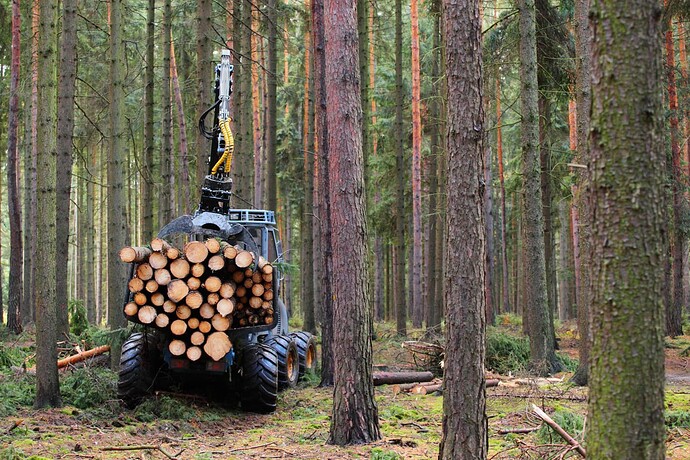Scott Reaves, Chief Operations Officer and Director of Forest Operations at Domain Timber Advisors, provided insights into the timber market’s performance in 2023 and outlook for 2024. In 2023, the U.S. stumpage pricing for forest products across the southern region showed minimal movement in the fourth quarter and remained flat to mildly declining over the year. This was primarily driven by average seasonal demand and a lack of significant pressure in the marketplace, especially regarding housing demands.
Looking ahead to the first quarter of 2024 and the rest of the year, Reaves anticipates a continuation of the relatively flat trajectory of timber and lumber prices for the next three-to-six months. Factors influencing this include the ongoing economic downturn, moderately subdued housing starts due to high interest rates, regular market cycles influenced by seasonal weather patterns, and the possibility of stricter lending practices. While lumber prices have been gradually declining, a stabilization in the range of $300-to-$400 per thousand board feet is expected in the near term.
Domain Timber Advisors views these market realities as highlighting the need for diversification in timberland investing. The company focuses on finding alternative value-added approaches to the management of these assets, which is critical to the overall performance of investments in the space. This includes leaning into appropriate land sale opportunities and exploring partnerships in new uses like carbon, solar, and wind power.
Timber demand continues to be mainly driven by domestic usage of wood products, particularly in the housing market. Lumber production in the U.S. is down approximately 5% from last year, influenced in part by the current sluggish nature of the broader U.S. economy.
Global economic conditions have a less direct impact on most North American timber markets but influence them in other ways. Trends such as interest in sustainability and ESG-friendly investments have significantly increased capital seeking timberland investments and heightened scrutiny of sustainability claims.
Regarding environmental considerations and sustainability efforts, while the U.S. regulatory environment hasn’t materially changed concerning forest practices, there’s a significant focus from the investment community and abroad on the verifiability and legitimacy of sustainability, carbon, and other ESG-centric claims. Timberland investments, when managed sustainably as verified by SFI or FSC, yield positive environmental and climate outcomes. The ESG team at Domain has assessed how tradeoffs in management practices can improve environmental outcomes and the associated economic tradeoff. Investors’ focus on these areas is expected to influence the marketplace, including a movement toward more rigorous and verifiable reporting on these outcomes and a portion of capital seeking timberland investments prioritizing these goals, potentially even over economic outcomes.
Other market trends that investors should monitor include biodiversity, with a focus on conservation and protection of important habitats, and carbon storage and sequestration in woody biomass and wood products. Alternative methods like underground storage of carbon beneath working forests are also emerging.
